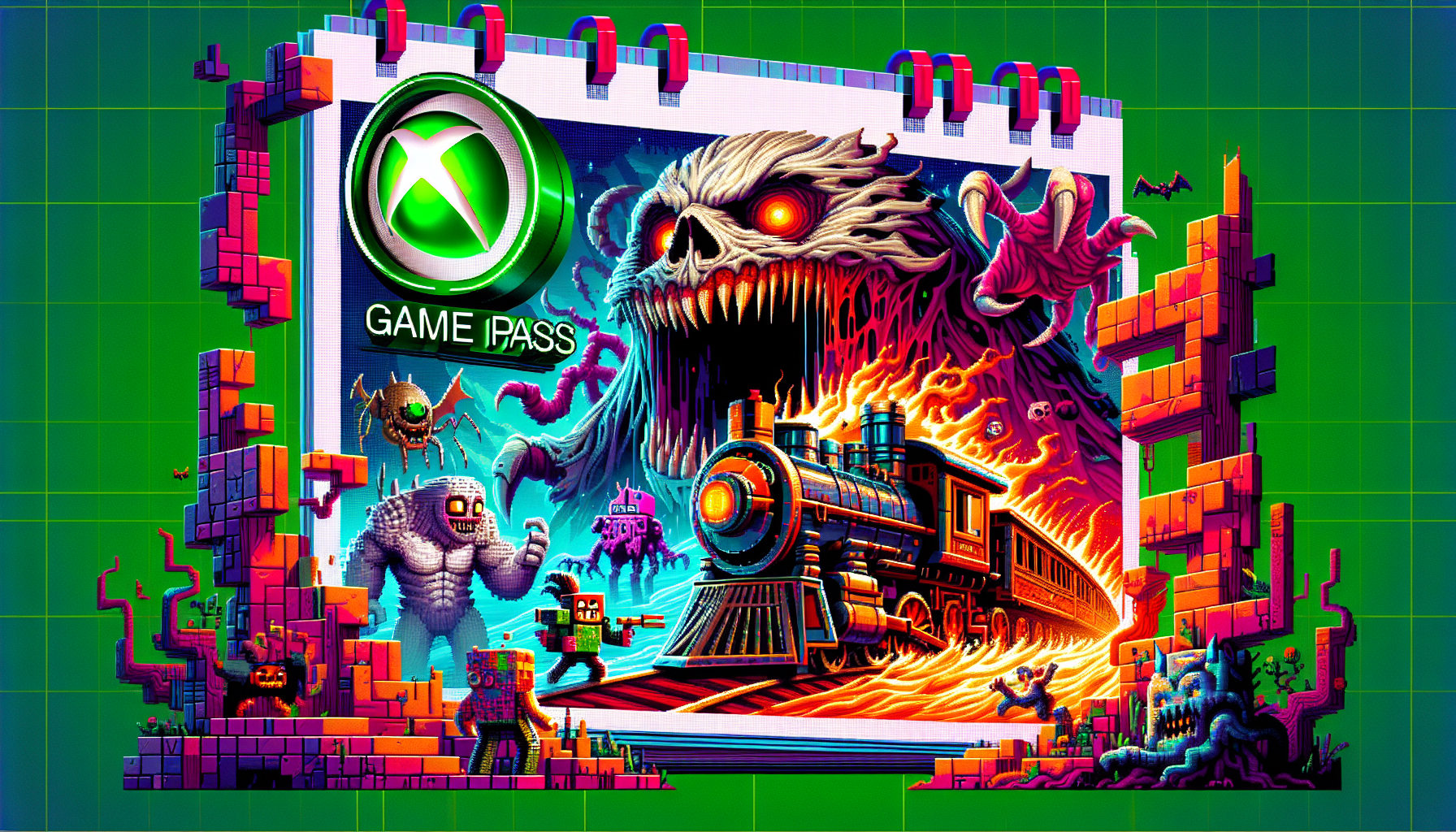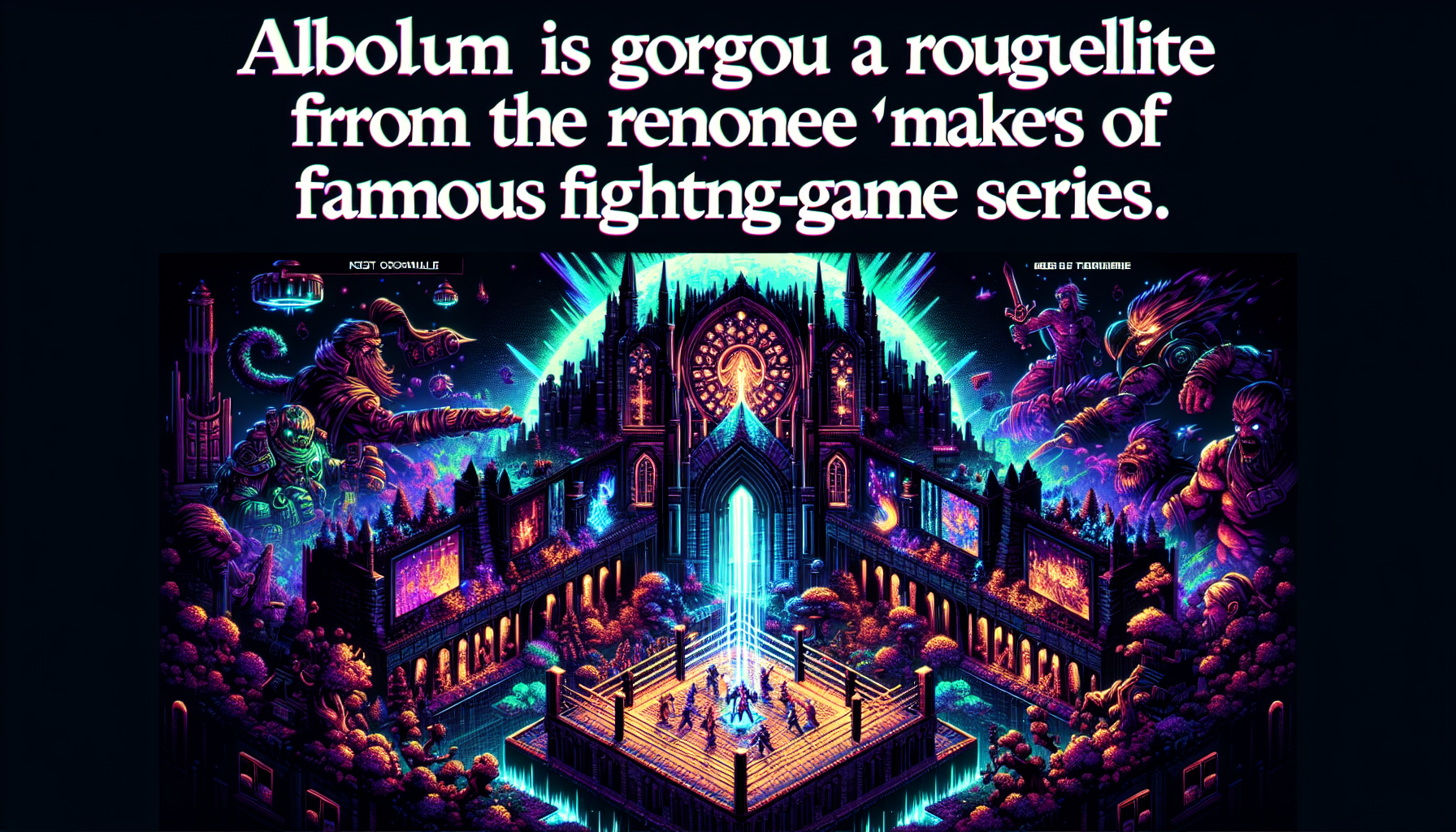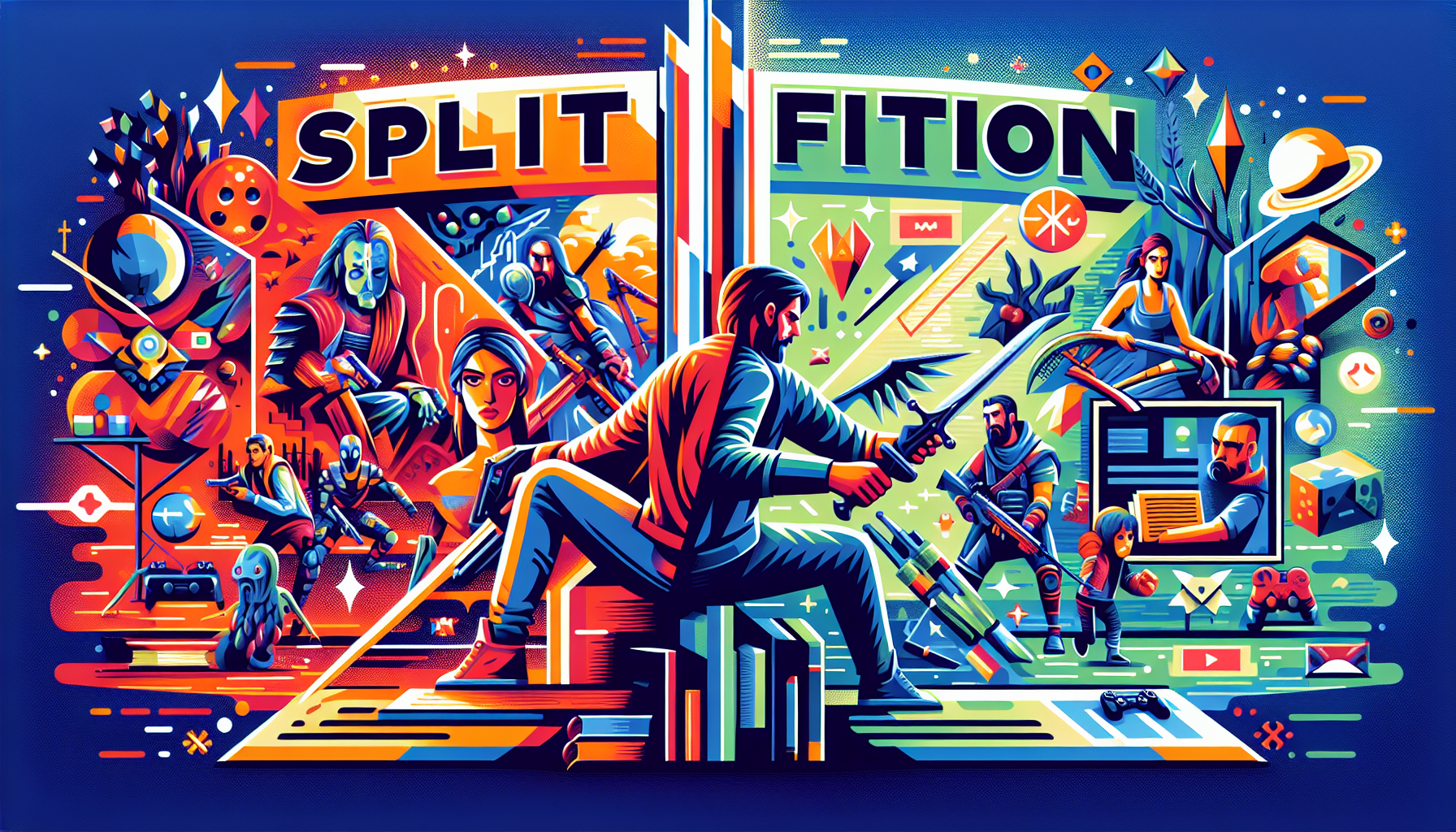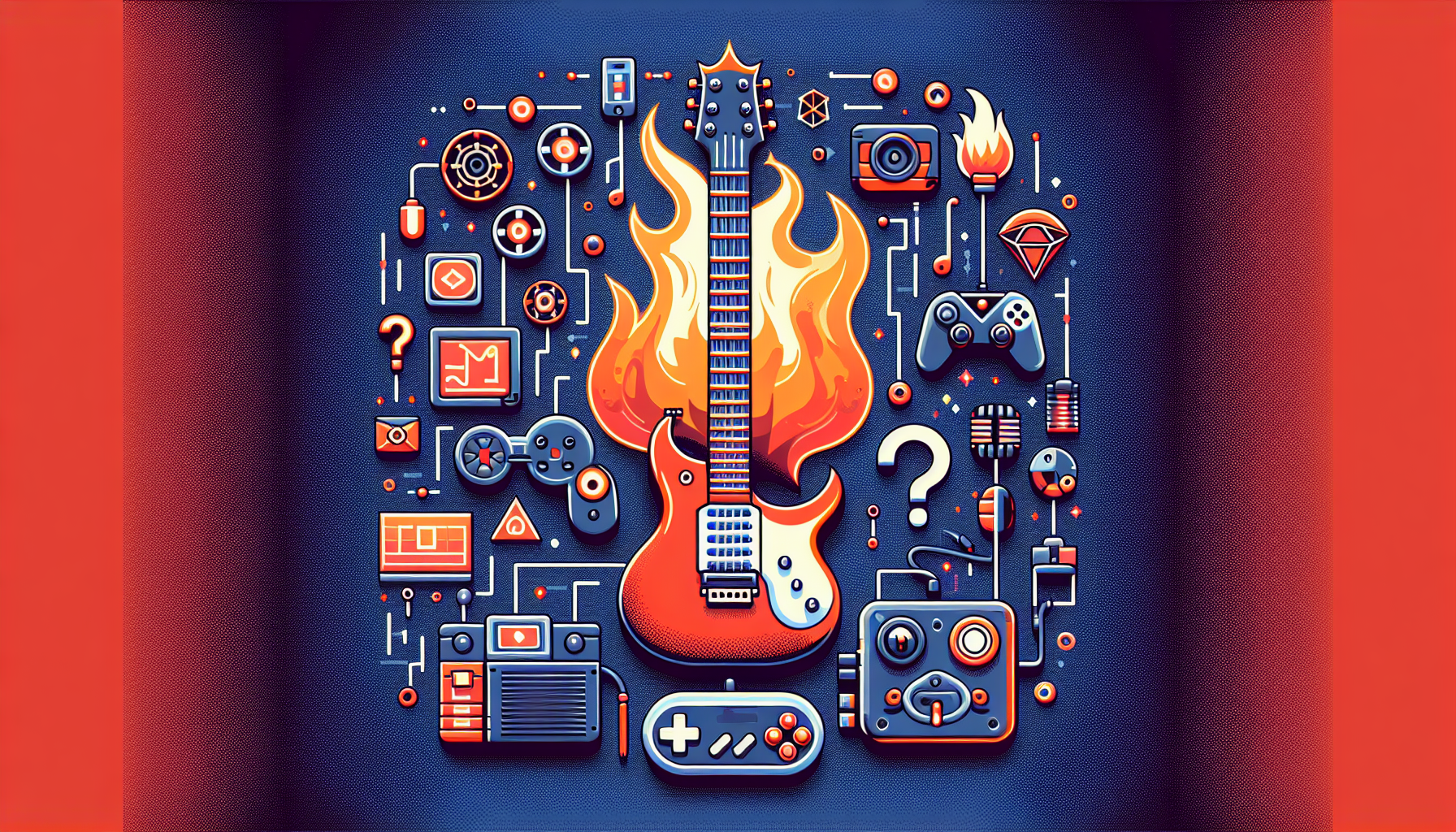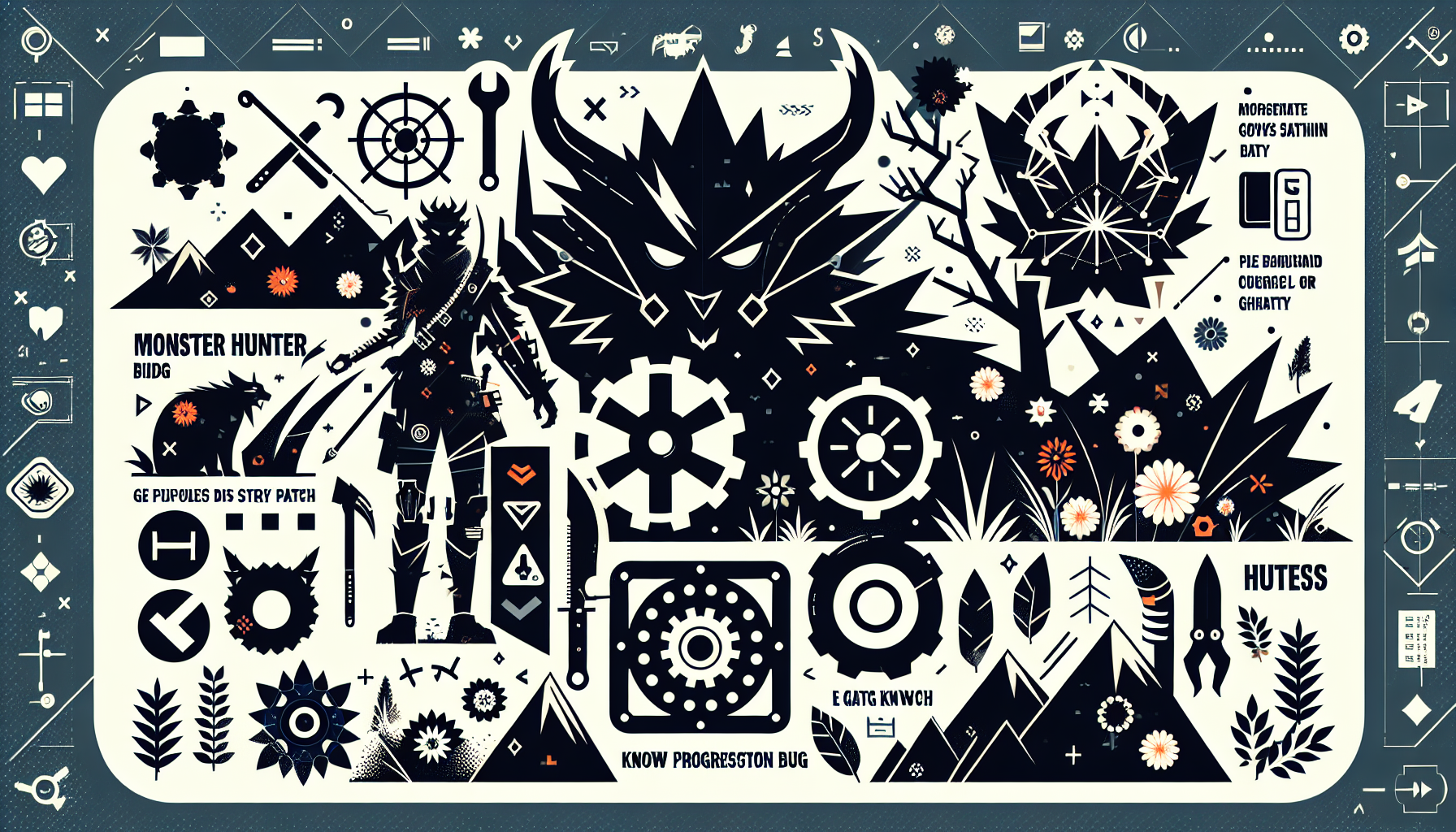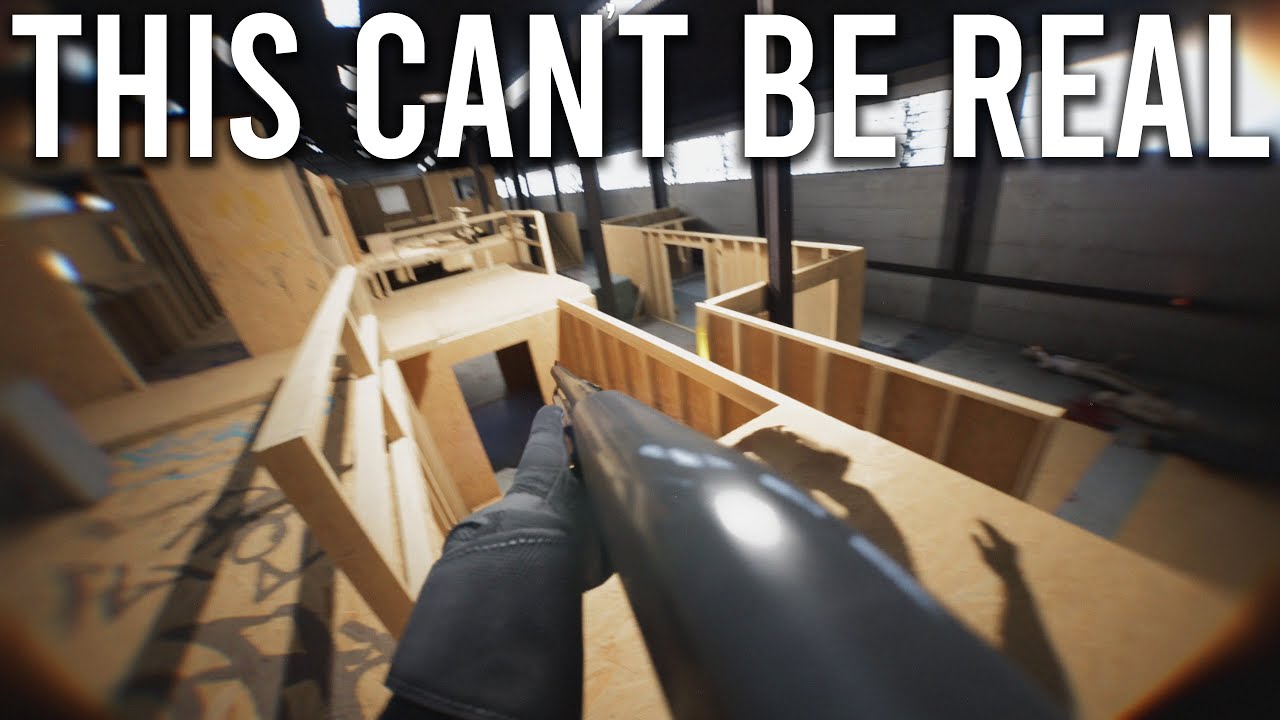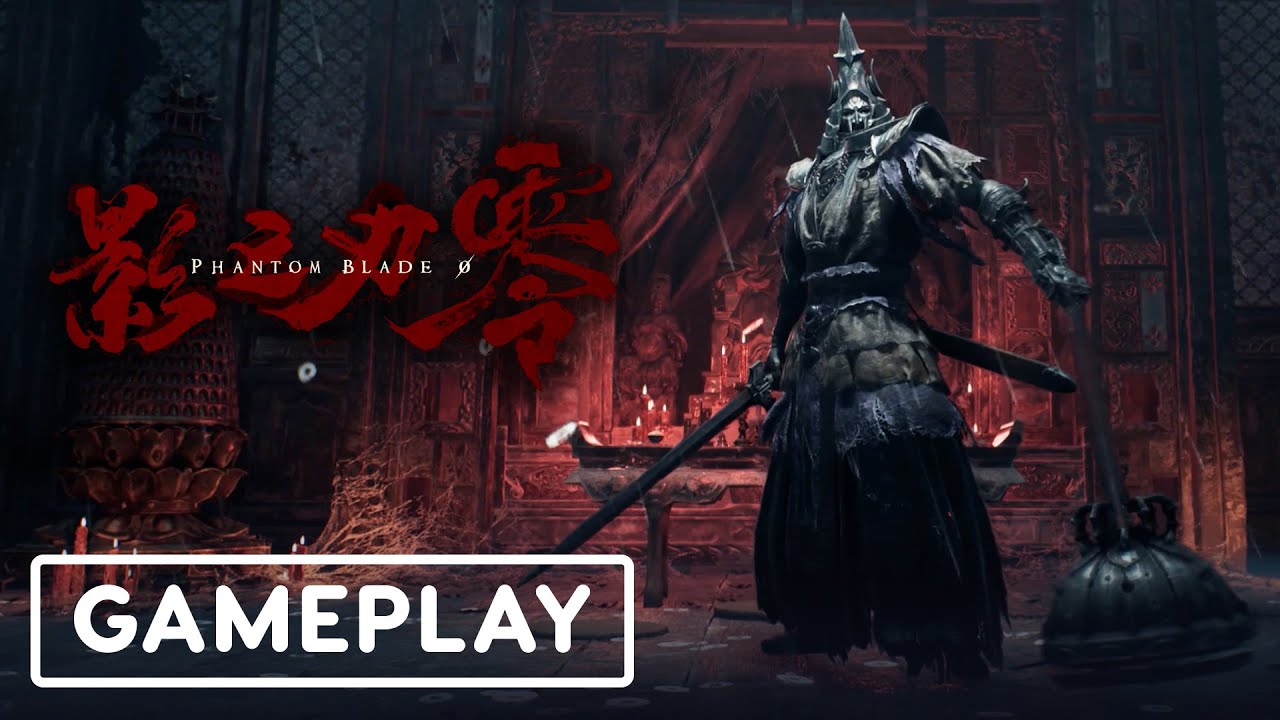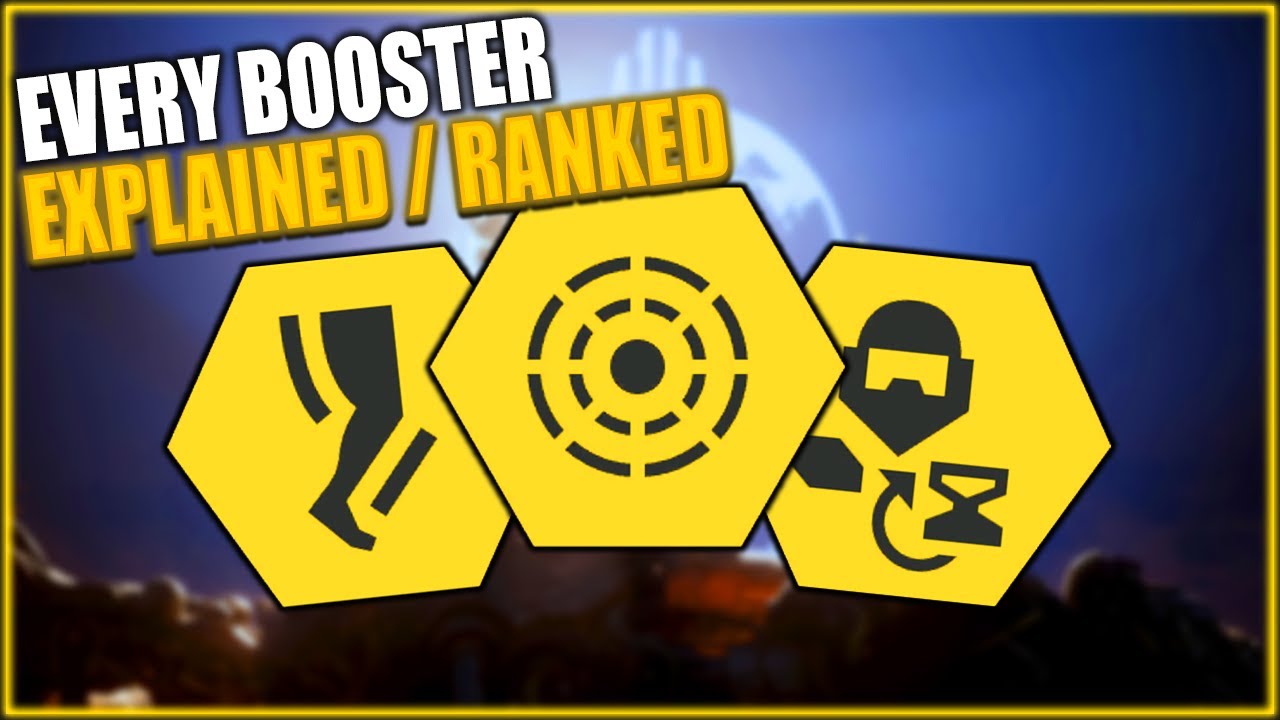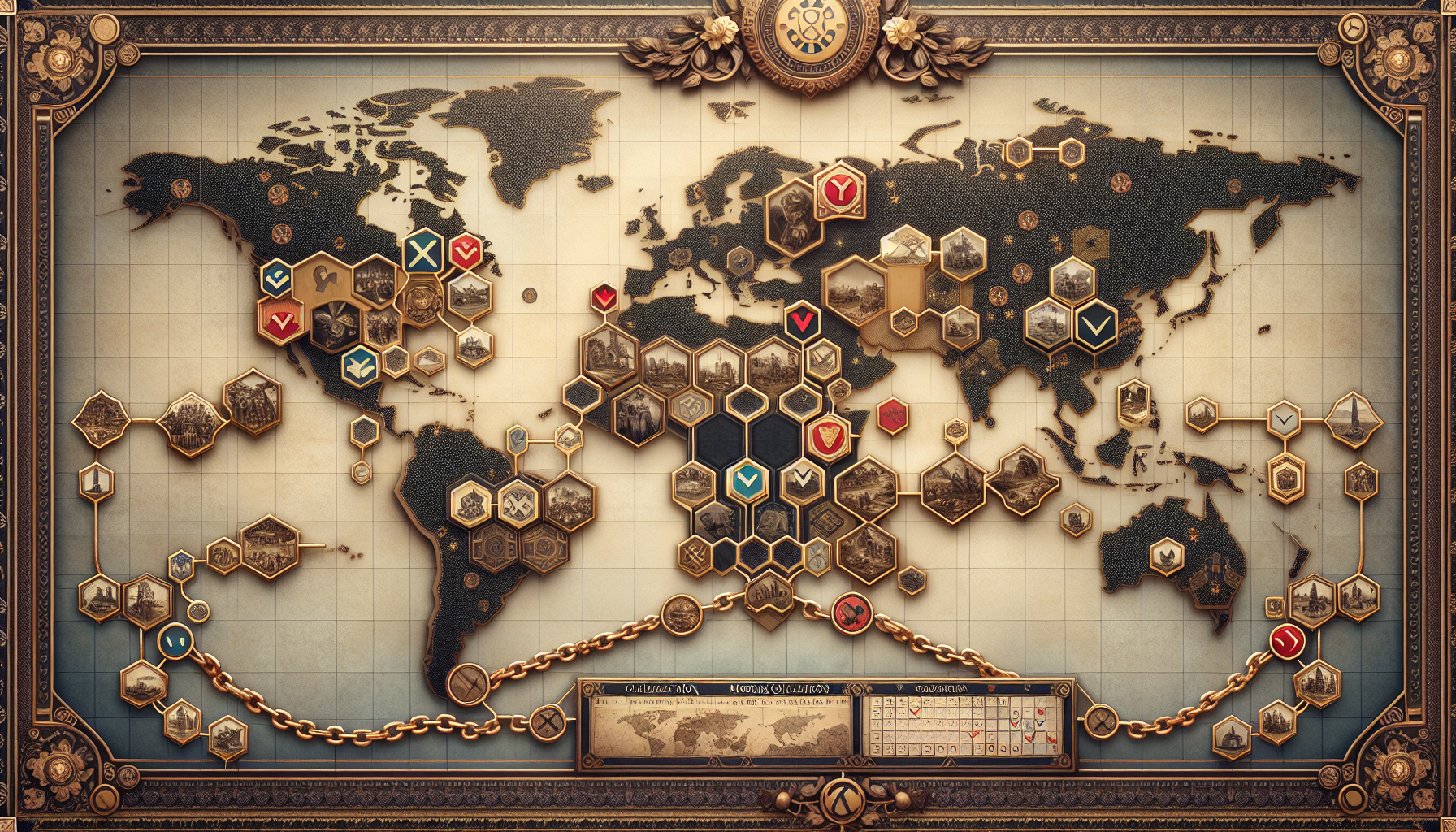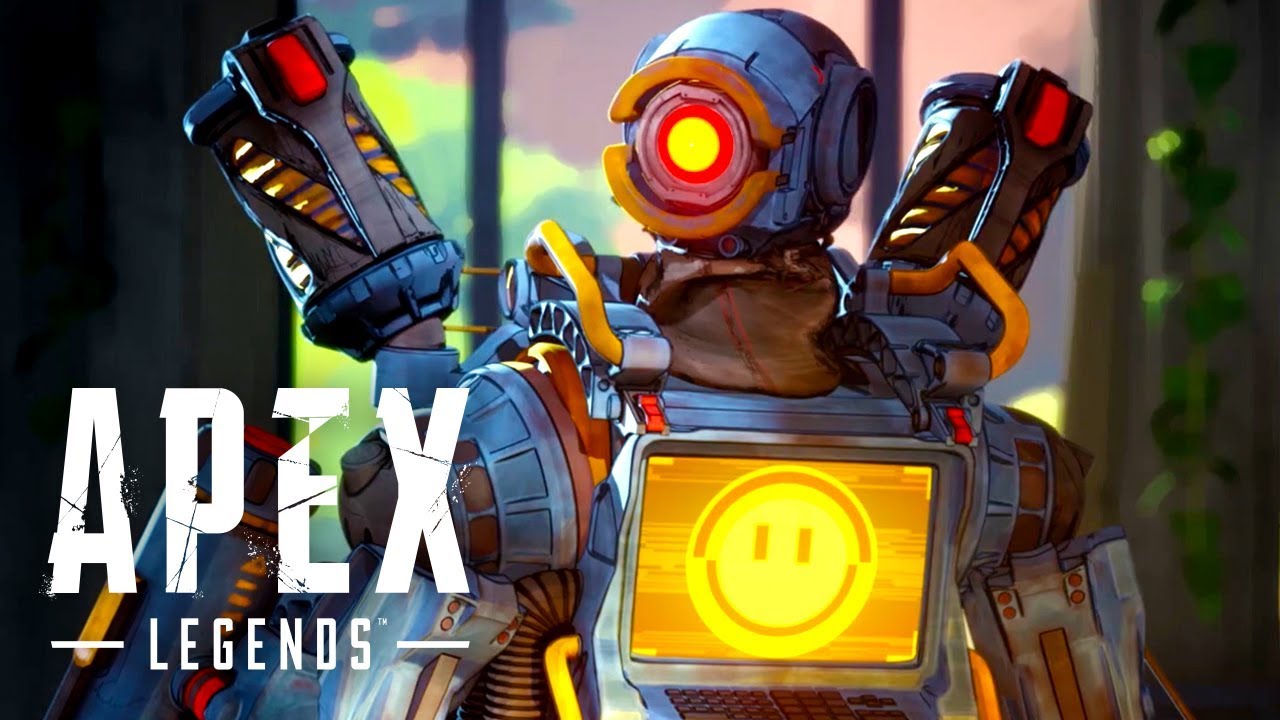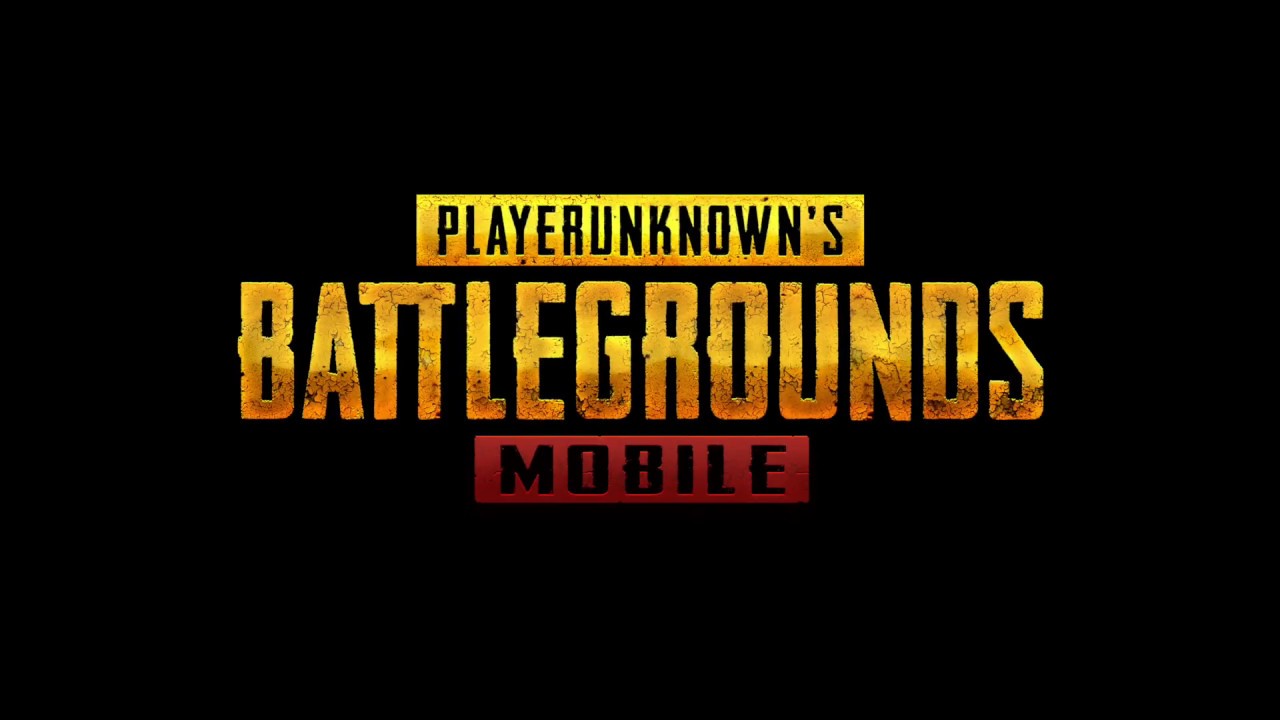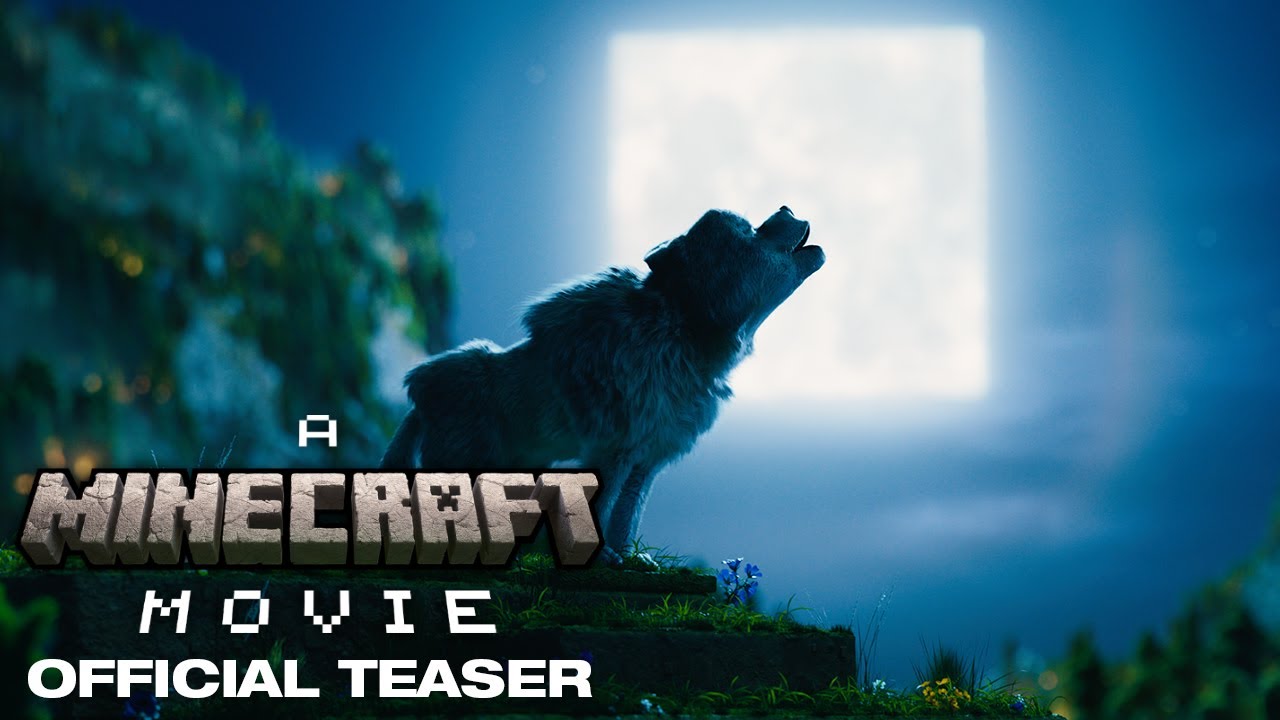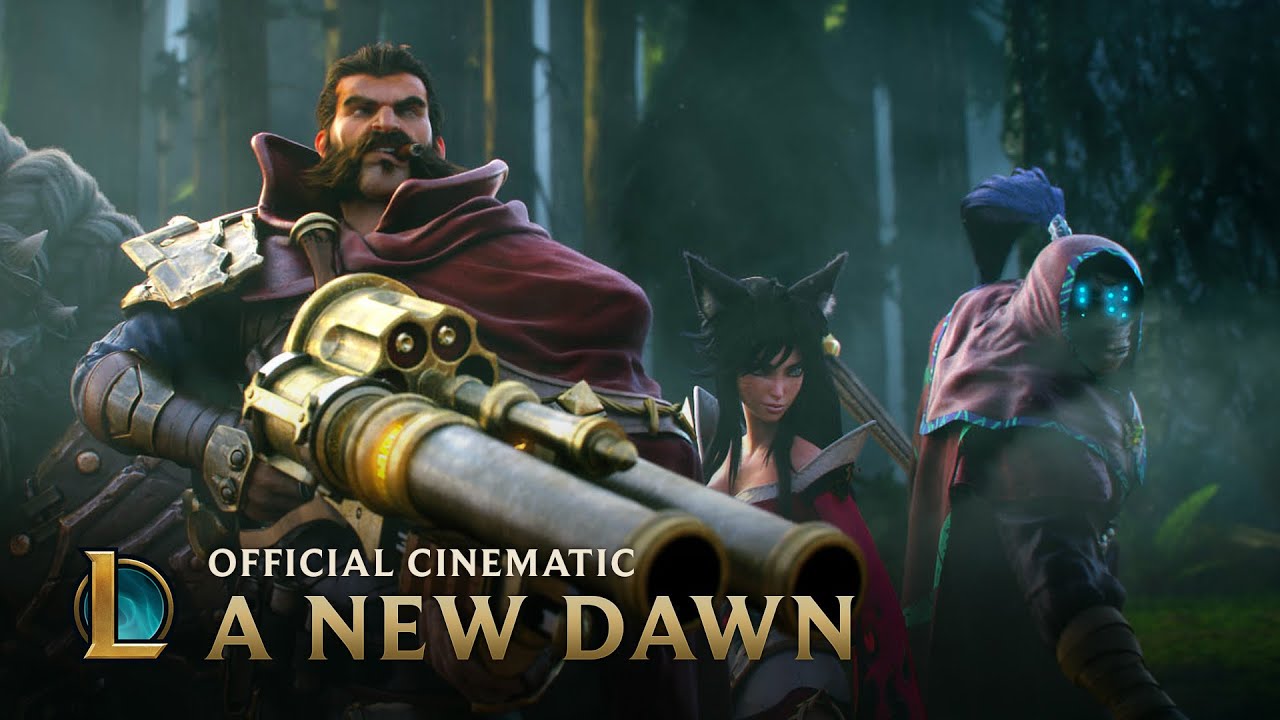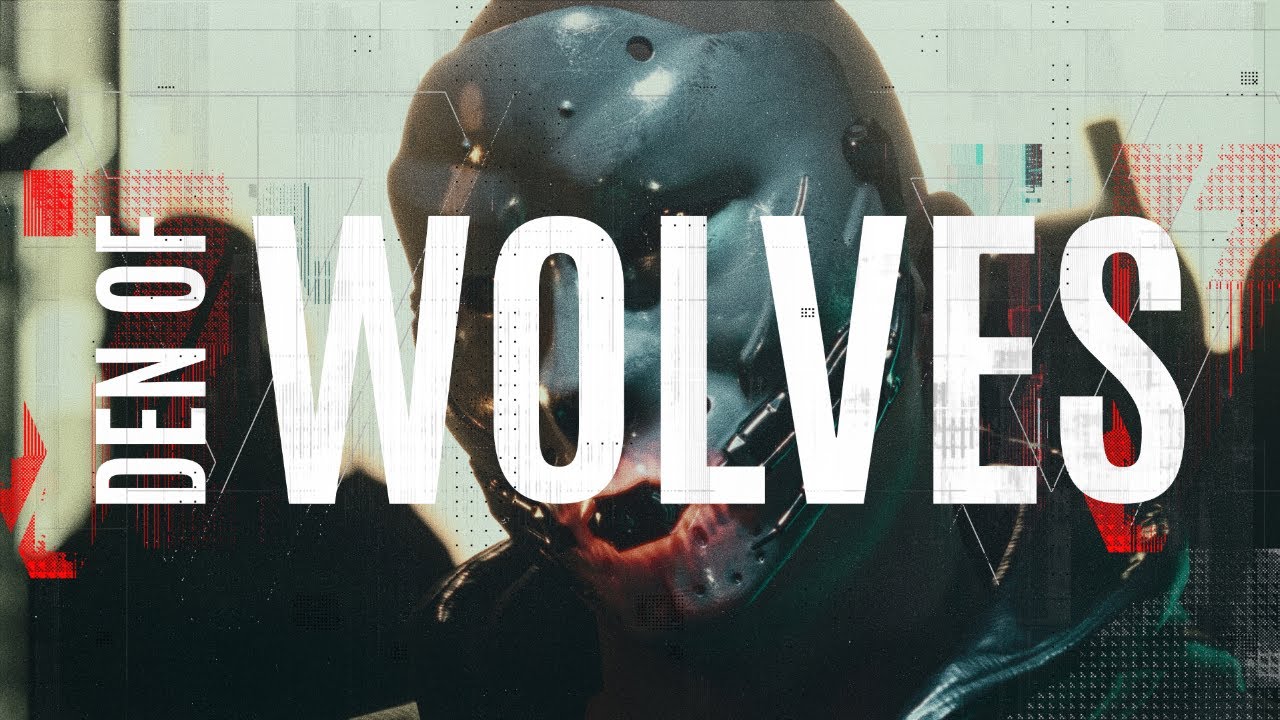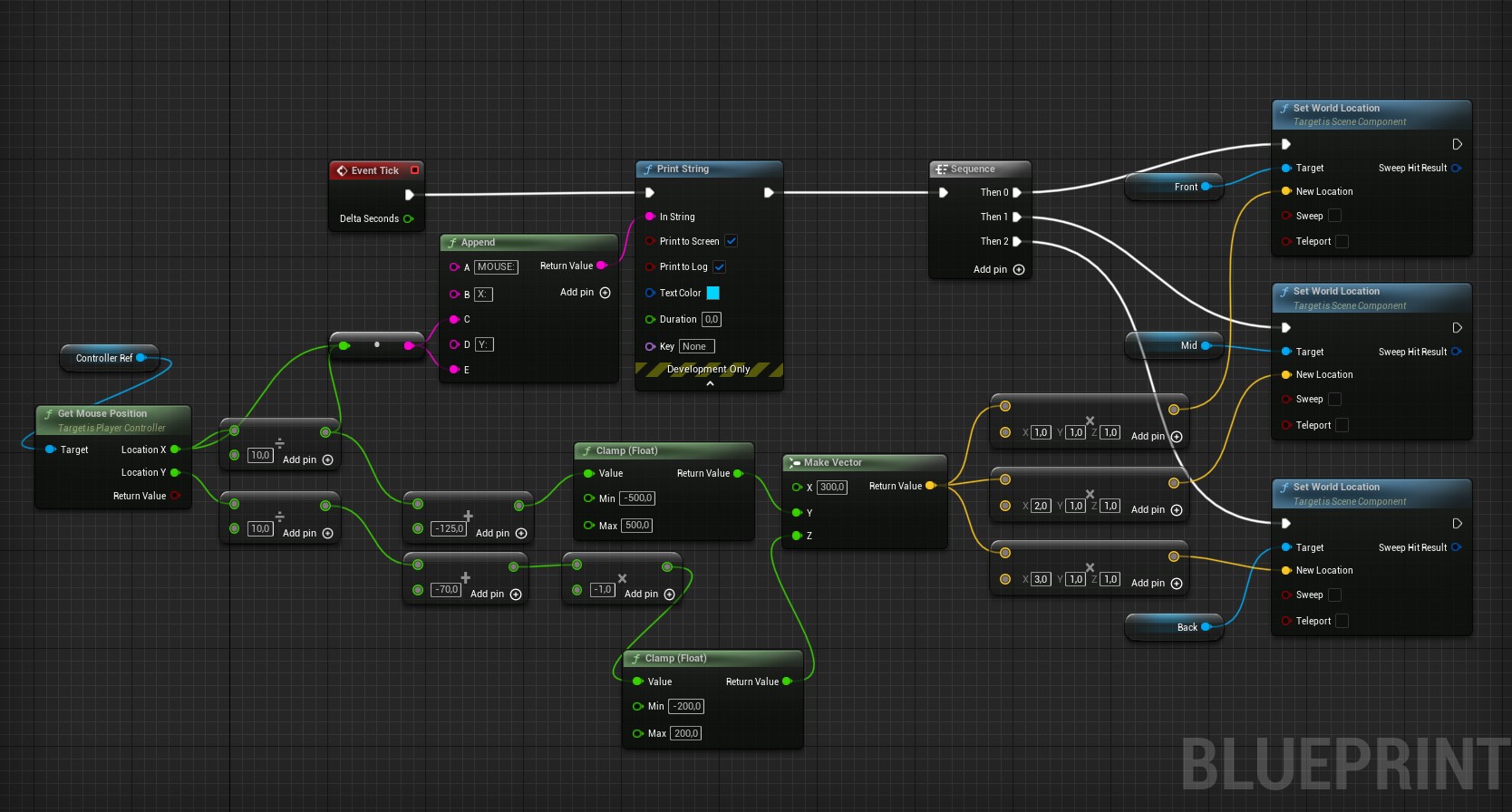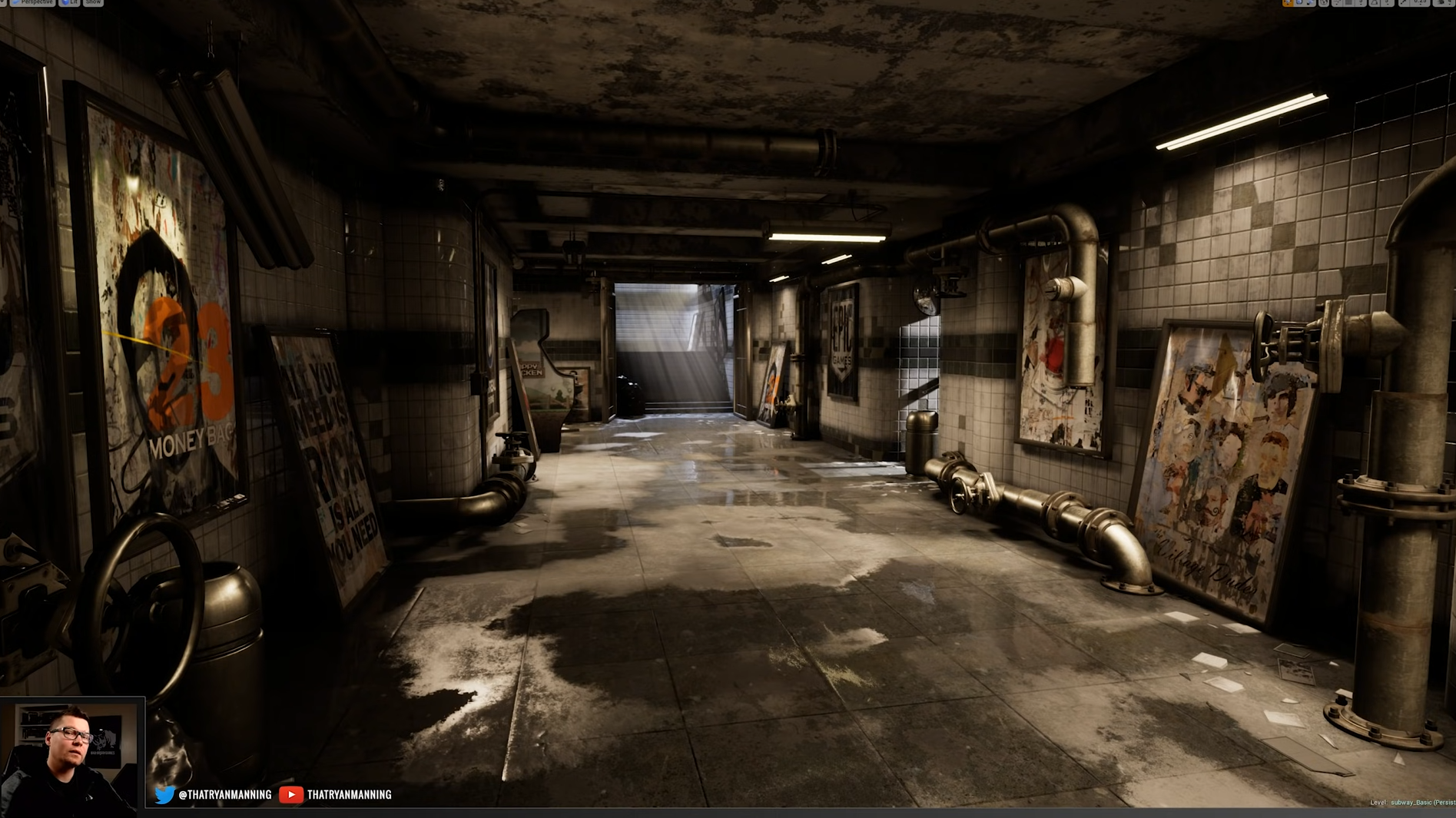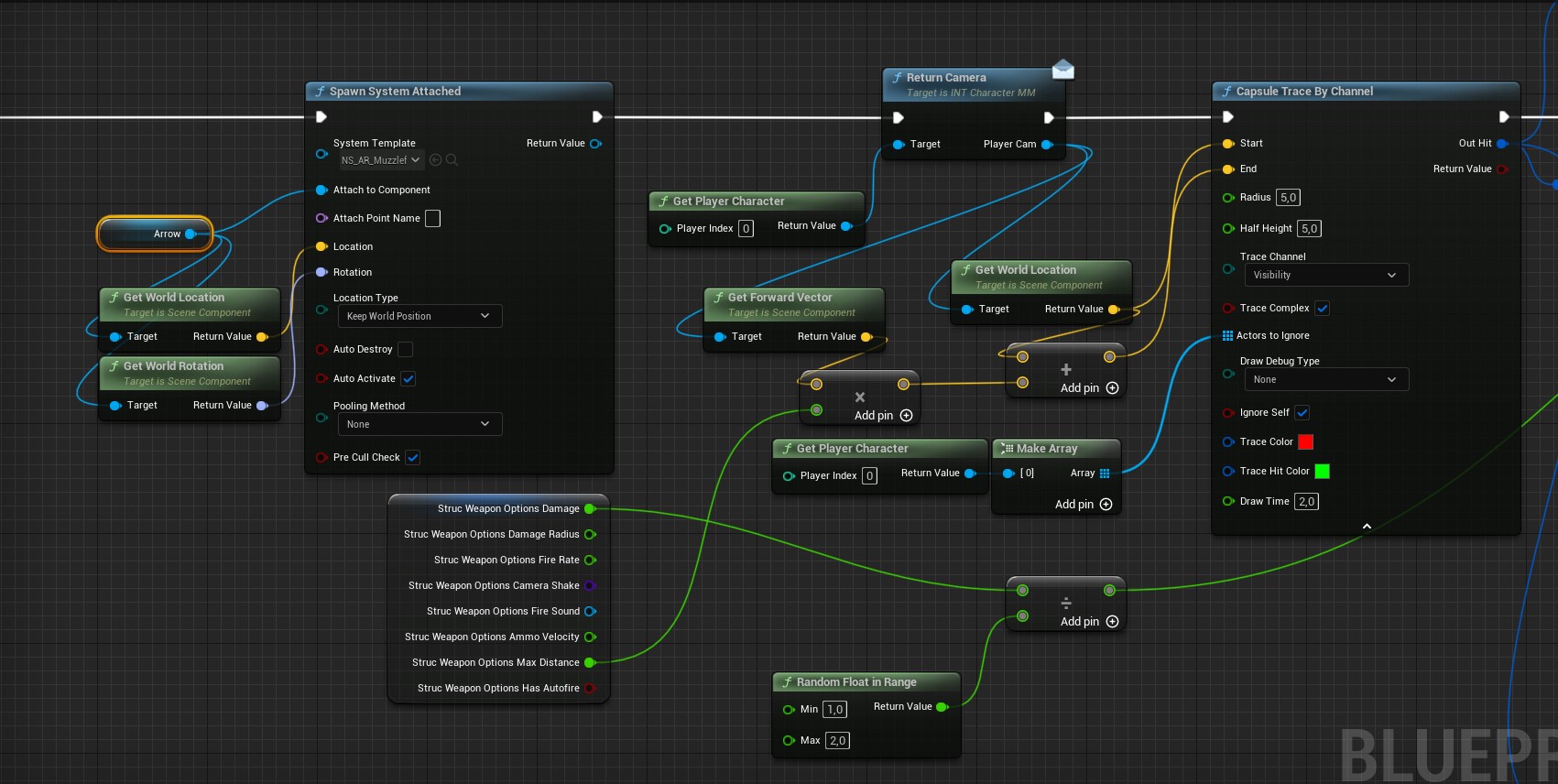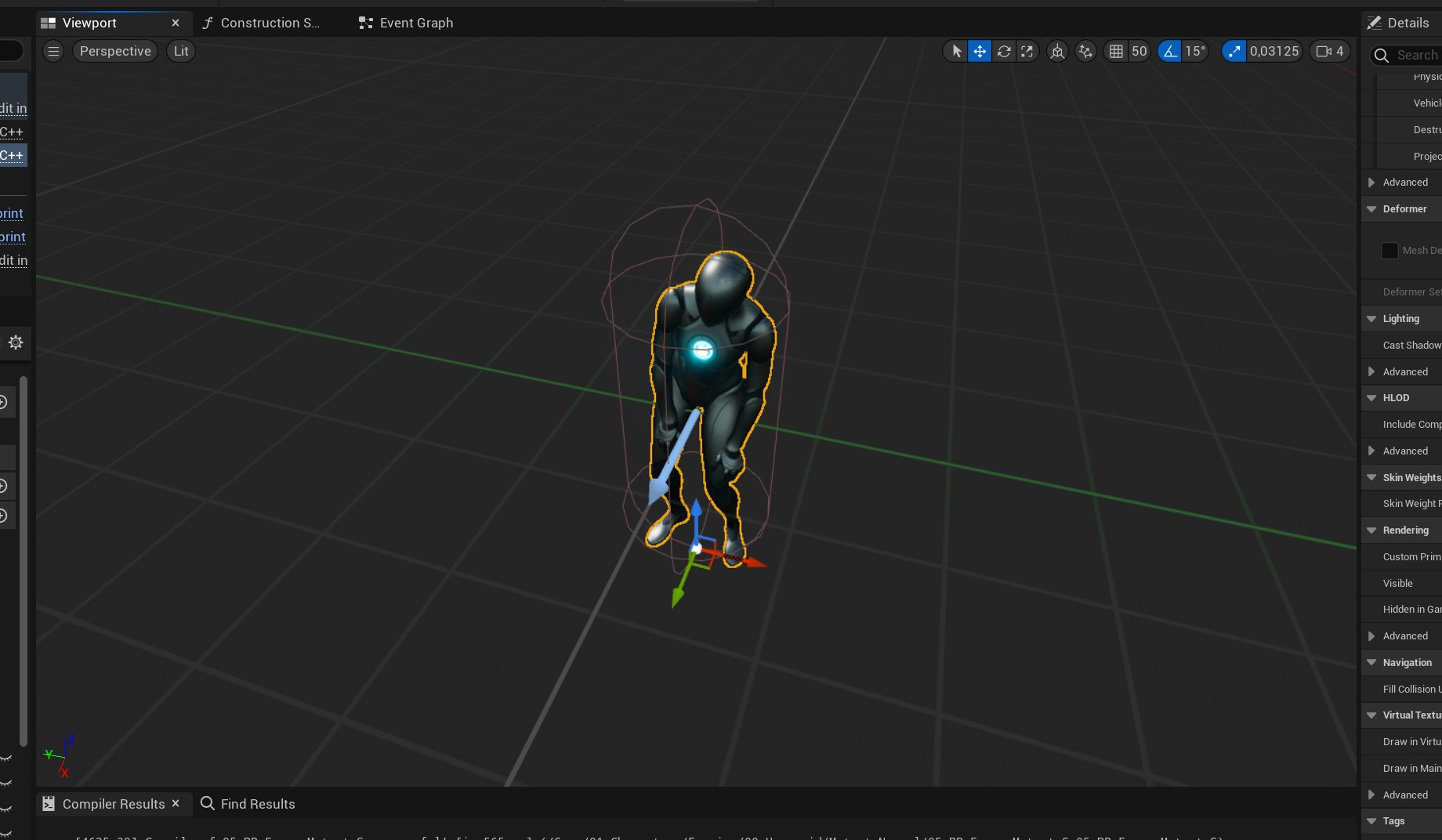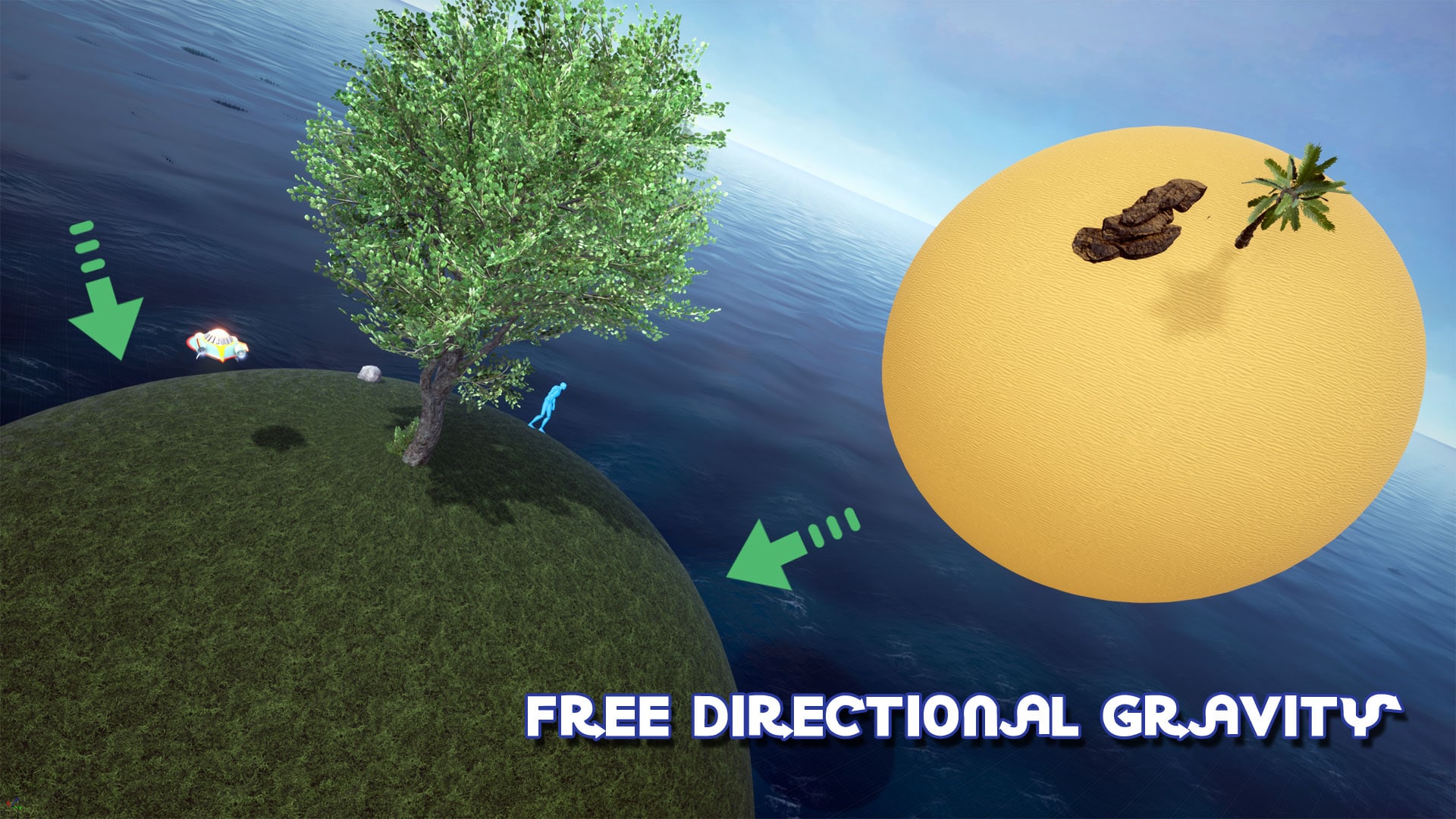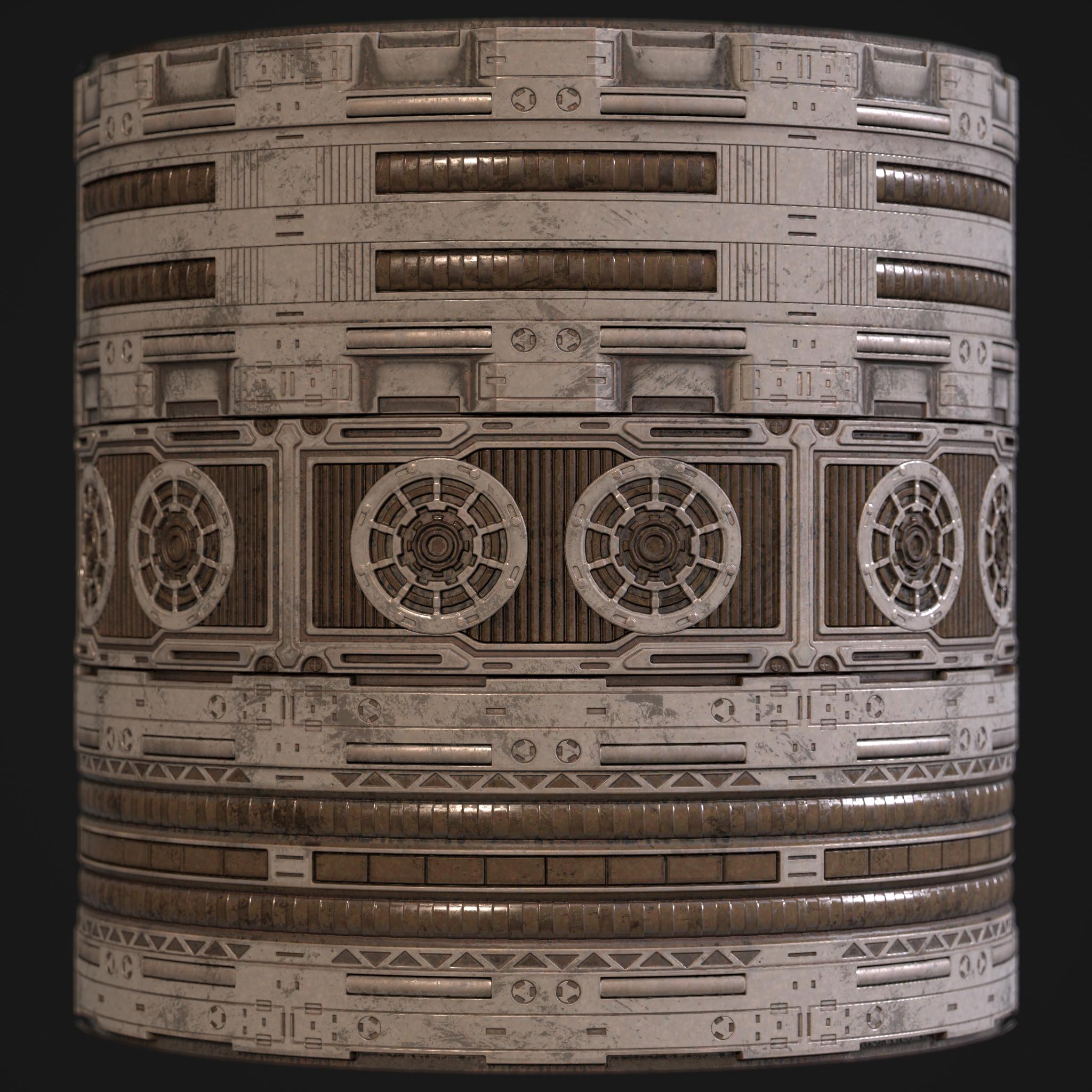Every compelling video game is built around a core gameplay loop – a sequence of actions repeated by the player throughout their gaming experience. The allure of a game often hinges on how effectively these loops are crafted and implemented. Here, we dissect the 10 most popular core gameplay loops, diving into each step, providing examples from iconic games, and analyzing why these loops work so effectively.
1. Exploration Loop: The Mystery of the Unknown
Discover – Reap Rewards – Discover More
The exploration loop thrives on the allure of the unknown. Players discover new areas, reap rewards, and use these rewards to enable further discovery. “The Legend of Zelda: Breath of the Wild” is a masterclass in this, inviting players to explore a vast world filled with hidden treasures, challenges, and mysteries. This loop works because it taps into our innate curiosity and sense of adventure, making each discovery feel like a personal accomplishment.
2. Collection Loop: The Joy of Completion
Find – Collect – Use
The collection loop is all about the thrill of the chase. Players find items or objectives, collect them, and use them to advance. “Pokémon” embodies this loop with its iconic “Gotta Catch ‘Em All!” concept, encouraging players to collect a variety of Pokémon and use them in battles. This loop’s success lies in the satisfaction of completing a collection and the strategic depth that comes with using collected items.
3. Combat Loop: The Adrenaline Rush of Conflict
Encounter – Engage – Triumph
The combat loop is the backbone of many action-oriented games. Players encounter enemies, engage in combat, and achieve victory, gaining rewards and experience. “Dark Souls” is renowned for its challenging combat loop. Its high-risk, high-reward approach creates a deeply satisfying sense of achievement. The thrill of conflict and the adrenaline rush of victory are what make this loop so compelling.
4. Building Loop: The Satisfaction of Creation
Gather – Construct – Enhance
In the building loop, players gather resources, construct structures or items, and enhance their creations over time. “Minecraft” excels in this loop, offering near-infinite possibilities for what players can create. This loop resonates with our desire to create and influence our surroundings, providing a tangible sense of progress and achievement.
5. Puzzle Loop: The Eureka Moments
Encounter – Solve – Progress
Puzzle loops challenge players to encounter problems, solve them, and progress through the game. “Portal” exemplifies this loop, using clever physics-based puzzles to drive its narrative. This loop stimulates intellectual satisfaction and the joy of overcoming challenges, making it both engaging and rewarding.
6. Quest Loop: The Call of Adventure
Receive – Accomplish – Reward
In the quest loop, players receive tasks, accomplish them, and receive rewards that aid in their progression. “The Witcher 3” intricately weaves its quests into its narrative, creating a deep sense of immersion. This loop works because it provides a clear sense of direction and purpose, driving players to continue their journey.
7. Survival Loop: The Intensity of Perseverance
Scavenge – Survive – Improve
Survival loops require players to scavenge resources, use them to survive, and improve their tools and skills. Games like “Subnautica” leverage this loop to create an intense, immersive experience. The constant tension between risk and survival makes this loop deeply engaging.
8. Progression Loop: The Reward of Growth
Experience – Level Up – Enhance
In the progression loop, players gain experience, level up, and enhance their abilities or stats. RPGs like “World of Warcraft” rely heavily on this loop, allowing players to grow more powerful over time. The appeal lies in the tangible sense of growth and power, fulfilling our desire for achievement and progression.
9. Competition Loop: The Thrill of Victory
Prepare – Compete – Win/Learn
Competitive games thrive on the competition loop. Players prepare, compete against others, and either win or learn from their defeat. “Overwatch” shines in this aspect, with intense team-based competition at its core. This loop caters to our innate desire for competition and social interaction, making it incredibly engaging.
10. Narrative Loop: The Power of Story
Engage – Progress – Unfold
The narrative loop engages players in a story, lets them progress through actions, and unfolds more of the story. “The Last of Us” uses this loop to create a deeply emotional and immersive experience. The power of this loop lies in our love for storytelling, as players become invested in the narrative and characters, driving them to keep playing.
Understanding these core gameplay loops can greatly enhance your game design process. By studying the steps, examining successful implementations, and recognizing why these loops resonate with players, you can craft more engaging, immersive, and successful games.







